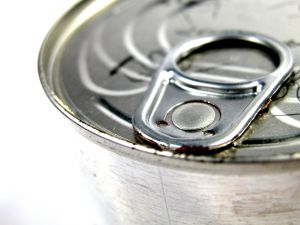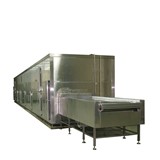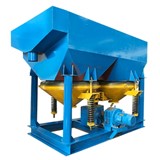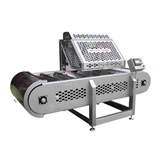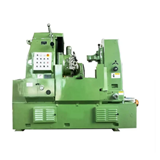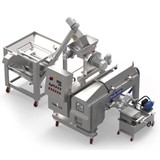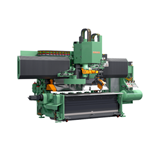Continuing a "business-as-usual" approach with no policy reforms in Australia’s $108 billion food and grocery manufacturing sector will see industry become significantly less competitive by 2020 as falling growth translates into major job losses across the nation, a landmark new report has claimed.
Failing to provide tax incentives for investment, improve skills development or create a level playing field in the highly-concentrated retail sector over the next decade could see industry shed 130,000 jobs, according to the 2020: Industry at a Crossroads report launched by the Australian Food and Grocery Council (AFGC) and AT Kearney.
"Industry turn-over is forecast to decline by 0.2 per cent per annum over the coming decade from $108 billion to between $105 billion and $106 billion in 2020. Over that same period, retail demand is due to grow at 3.7 per cent per annum with the growth gap being increasingly filled by imports and retailers’ private label products," the 2020 analysis said.
AFGC Chief Executive Kate Carnell said the 86-page, fact-based report was commissioned by AFGC to investigate the intense challenges facing industry, future economic trends and key reforms needed to improve industry’s sustainability, profitability and competitiveness.
"Australians and our political leaders overwhelmingly want a local, value-adding food and grocery manufacturing sector – it’s Australia’s largest manufacturing industry that we can’t live without," Carnell said.
"Consumers want to be confident about buying affordable food and grocery brands, that they know and trust. I urge all political leaders – both Federal and State – to seriously consider this report and reconsider the current business-as-usual approach towards the sector."
Other key findings and trends outlined in the industry-first report, included that 55 per cent of surveyed food and grocery manufacturers were negative about the future of industry. If there are no policy reforms, industry’s employment numbers could fall from 312,000 to around 180,000 by 2020 – a loss of up to 130,000 jobs. Up to a further 6,000 jobs are forecast to be lost in associated industries including agriculture.
The retail environment is expected to remain as challenging, if not more challenging, for food and grocery manufacturers over the coming decade. The retail market is expected to remain highly concentrated, with Coles and Woolworths forecast to have a combined supermarket share of over 80 per cent in many categories.
Private label products are forecast to grow strongly and could account for 40-50 per cent of total supermarket sales by 2020, consistent with developments in international markets.
Carnell said Australia has a "golden opportunity" to show leadership towards industry and leverage the fact that Australia's economy is much healthier than most others in the world.
"Australia has the capacity to produce high quality, healthy food and groceries for Australia's growing population and to contribute to feeding the world. But this will not happen unless there is commitment from government, industry and consumers," Carnell said.
AT Kearney Australia Vice-President Irvinder Goodhew said using a combination of economic modelling, interviews and surveys with industry leaders, the report concluded that food and grocery manufacturing is facing pressures on many fronts.
"Retailer concentration, a high Australian dollar, low-cost country manufacturing, energy prices, global commodity volatility and labour scarcity will continue to create challenges for the sector," Goodhew said.
Goodhew said that the tough retail environment and increasing competition from lower cost manufacturing countries are some of the biggest issues for manufacturers.
"Private label development continues to erode margins for many players, as does the relative cost position of Australian manufacturers – it’s simply more expensive to do business here. Compared to the lowest cost regional competitors, Australia has an average 22 per cent cost differential," Goodhew said.
The 2020 report outlines several options for industry and Government to support a viable, competitive and robust food and grocery manufacturing sector.
Carnell said a "do-nothing" approach in this area was no longer acceptable.
"The time for a new policy menu to encourage investment, innovation and growth is now as the jobs and livelihoods of 312,000 Australians, and the future of our food supply, depends on it."

